Search results for 'the and'
-
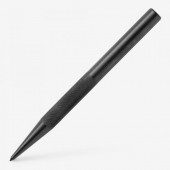
Easy Grip Crible Point Squat No 94
£15.76 -
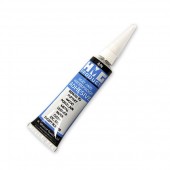
HMG Acrylic Restoration Adhesive
£6.00 -
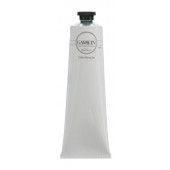
Gamblin Tack Reducer 150ml
£11.50 -
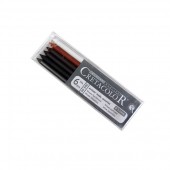
Cretacolour Leads
Starting at: £8.95
-
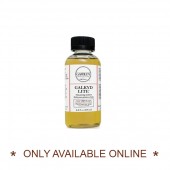
Gamblin Galkyd Lite Medium
Starting at: £12.60
-
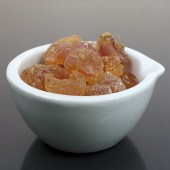
Gum Arabic
Starting at: £6.30
-
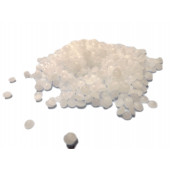
Microcrystalline Wax
Starting at: £8.50
-
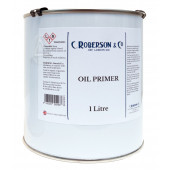
Roberson Oil Primers
Starting at: £23.30
-
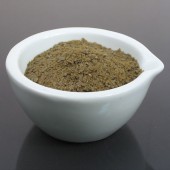
Carnauba Wax Grey
Starting at: £8.40
-

Kaweco Sport Mini Convertor Cartridge
Starting at: £6.40
-
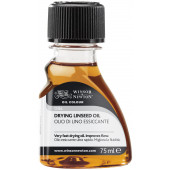
Winsor & Newton Drying Linseed Oil
Starting at: £9.20
-
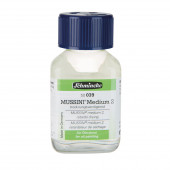
Schmincke Mussini Oil Medium 2
Starting at: £9.45
-
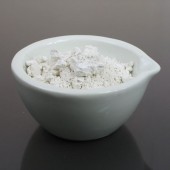
Whiting
Starting at: £4.00
-
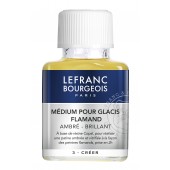
Lefranc Flemish Glazing Medium
Starting at: £9.10
-
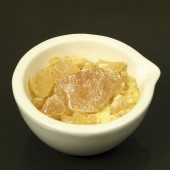
Colophony
Starting at: £7.30
-
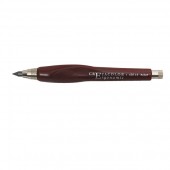
Cretacolour Ergonomic Lead Holder
£19.50 -
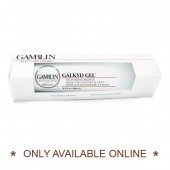
Gamblin Galkyd Gel "G Gel" 150ml
£19.40 -
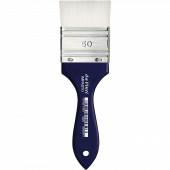
da Vinci Series 5025 Impasto Mottler
Starting at: £10.50
-
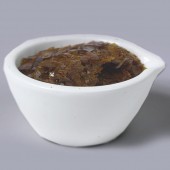
Lemon Shellac
Starting at: £8.20
-
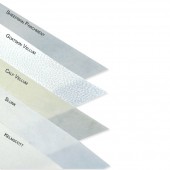
Slunk
Starting at: £16.75
-
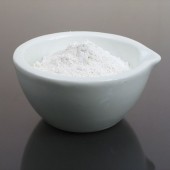
Plaster of Paris
Starting at: £5.50
-

Roberson Liquid Leaf Metallic Paint
Starting at: £12.50
-
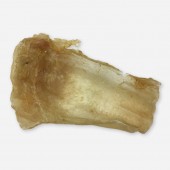
Isinglass
Starting at: £30.10
-
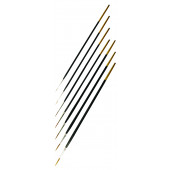
Pro Arte Series 103 Rigger
Starting at: £3.70
-
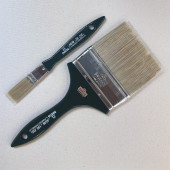
Omega Series 40 Varnish
Starting at: £6.90
-

Button Shellac
Starting at: £8.40
-
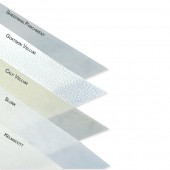
Goatskin Vellum
Starting at: £11.15
-

Michael Harding Non Absorbent Acrylic Primer - Clear Transparent
Starting at: £21.20
-
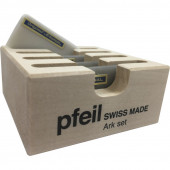
Pfeil Arkansas Stone Set of 4
£65.00 -

Carrageen Moss
Starting at: £51.00





